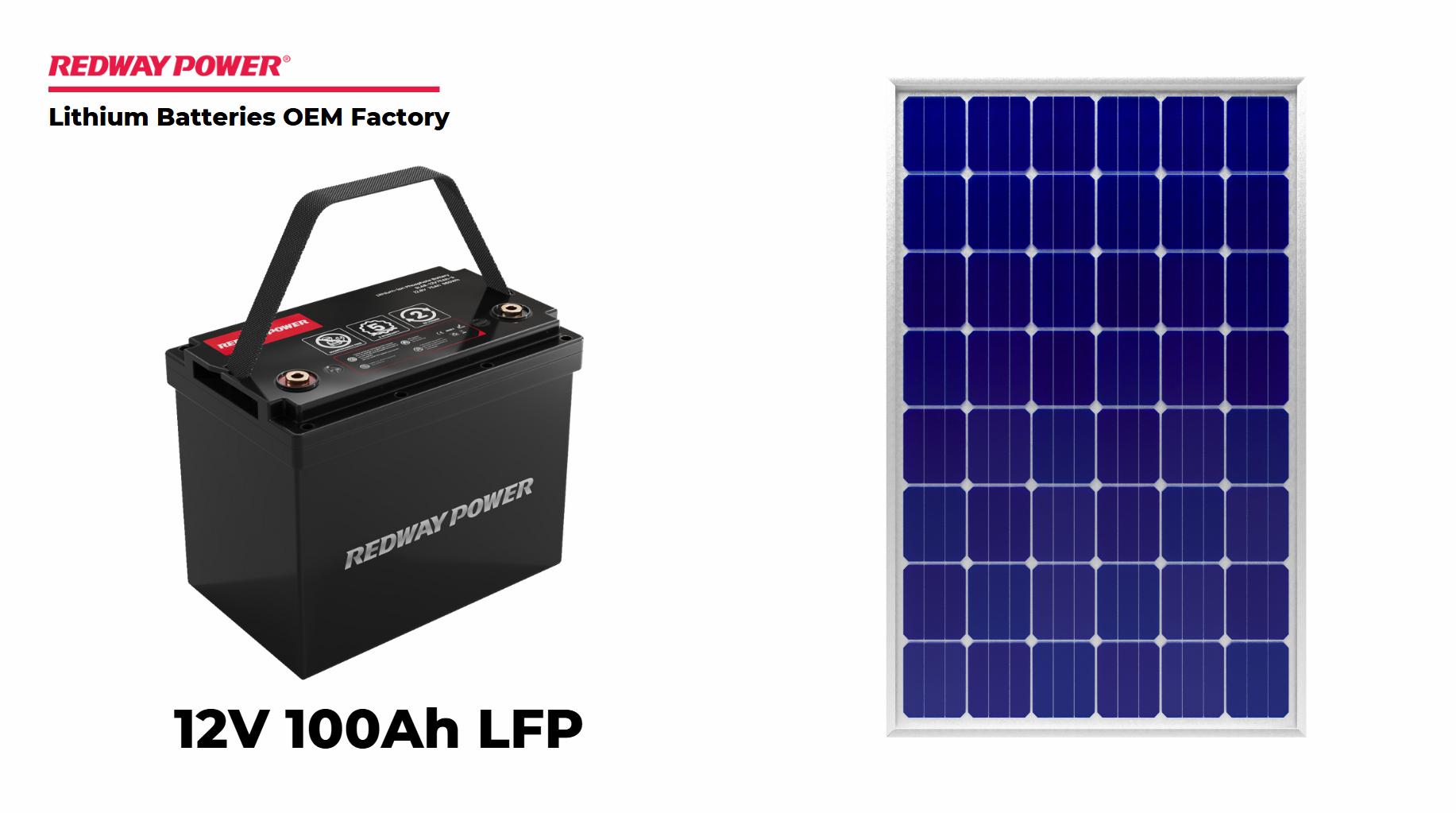A 400-watt solar panel can charge a 100Ah battery in about 3-5 hours under optimal sunlight conditions. Actual charging time may vary based on weather and panel orientation.
Solar power is an increasingly popular solution for clean, renewable energy. Understanding how long it takes to charge a battery using solar panels is crucial for optimizing energy usage and planning. In this article, we will explore the specifics of charging a 100Ah battery with a 400W solar panel, focusing on optimal sunlight conditions and the technical details involved.
Understanding the Basics
Solar Panel Output
A 400W solar panel refers to the peak power output it can generate under ideal conditions. The actual power output can vary based on several factors, including sunlight intensity, panel orientation, and environmental conditions.
Battery Capacity and Charge Time
A 100Ah (ampere-hour) battery indicates the total charge it can hold. To determine how long it will take to charge this battery, we need to calculate the amount of energy it can store and how much energy the solar panel can provide.
Optimal Sunlight Conditions
Hours of Sunlight
For this analysis, we assume optimal sunlight conditions, which means approximately 8 hours of sunlight per day. This is a crucial factor because the amount of sunlight directly affects the solar panel’s output.
Solar Panel Efficiency
While a 400W solar panel can theoretically produce 400 watts per hour, the real-world efficiency is usually around 80-90% due to various losses. For simplicity, we assume an 85% efficiency rate, which means the panel produces 340W per hour under optimal conditions.
Calculating Charge Time
Daily Energy Production
First, we calculate the daily energy production of the solar panel:
340W×8 hours=2720 watt-hours (Wh)
Battery Capacity in Watt-Hours
Next, convert the battery’s capacity from ampere-hours to watt-hours:
100Ah×12V=1200 Wh
Total Charge Time
To determine the total charge time:
1200 Wh/2720 Wh/day≈0.44 days
This result indicates that under ideal conditions, a 400W solar panel can fully charge a 100Ah battery in less than a day. However, this is a simplified calculation. Let’s delve into more realistic scenarios.
Real-World Scenarios
Variable Sunlight and Weather Conditions
In real-world conditions, sunlight availability can fluctuate due to weather, season, and geographic location. On cloudy days, the output can drop significantly, extending the charge time.
Efficiency Losses
Beyond the panel’s efficiency, additional losses occur in the charge controller and battery itself. These can reduce the effective charge rate.
Panel Orientation and Tilt
The angle at which the solar panel is installed affects its exposure to sunlight. Proper orientation and tilt maximize energy absorption, while suboptimal placement reduces efficiency.
Charge Controllers and Their Role
Importance of a Charge Controller
A charge controller regulates the voltage and current coming from the solar panels to the battery, preventing overcharging and potential damage. There are two main types: PWM (Pulse Width Modulation) and MPPT (Maximum Power Point Tracking).
PWM vs. MPPT
- PWM Controllers: Simpler and less expensive but less efficient.
- MPPT Controllers: More efficient, capable of extracting maximum power from the solar panels, especially under varying sunlight conditions.
Using an MPPT controller can significantly improve the efficiency of the charging process, reducing the overall charge time.
Practical Considerations
Battery Health and Maintenance
Proper maintenance of the battery is essential to ensure its longevity and efficiency. Regularly check the battery’s charge level, clean terminals, and ensure it’s protected from extreme temperatures.
Energy Consumption Patterns
Consider your energy consumption patterns. If the battery is frequently discharged, it will take longer to recharge fully. Balancing energy production with consumption is key to maintaining a consistent power supply.
System Expansion
For those requiring more power or faster charge times, adding more solar panels or upgrading the battery capacity can be beneficial. Ensure that your charge controller and other system components can handle the increased load.
Advanced Calculations
Solar Panel Degradation
Over time, solar panels degrade and produce less energy. This degradation rate is typically around 0.5% per year. Factor this into long-term planning.
Temperature Effects
Temperature also impacts solar panel efficiency. High temperatures can reduce output, while cooler temperatures can improve it slightly. Ensure panels have adequate ventilation to manage heat.
Energy Storage and Backup
For optimal system performance, consider integrating an energy storage solution or backup power source. This ensures power availability during periods of low sunlight or high energy demand.
What Size Solar Panel to Charging a 12V Lithium Battery
Conclusion
Charging a 100Ah battery with a 400W solar panel under optimal conditions can be achieved in less than a day. However, real-world factors such as weather, efficiency losses, and system maintenance play a significant role in determining the actual charge time. By understanding these variables and implementing best practices, you can optimize your solar power system for reliable and efficient energy storage.



